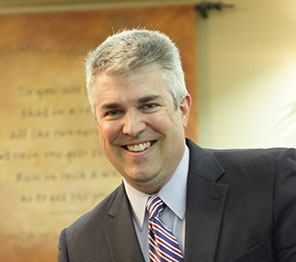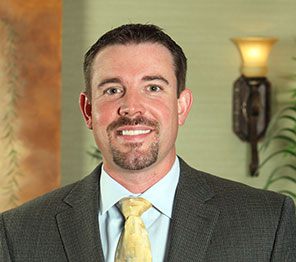Knee
Knee Providers
-

Jon M. Ellis, MD
View Profile -

David E. Haynes, MD
View Profile -

Bradley D. Gilliam, M.D.
View Profile -

David Ferguson, M.D.
View Profile 
E. Garrison Benton, Jr. M.D.
View Profile
Non-Surgical Knee Provider
-

Corbett H. Boone, M.D.
View Profile -

Christopher Miars, D.O.
View Profile -

Laura Irvin, D.O.
View Profile


 Don't think you'll find a better
combination of physician and support staff! They are all very professional!
Don't think you'll find a better
combination of physician and support staff! They are all very professional! 

